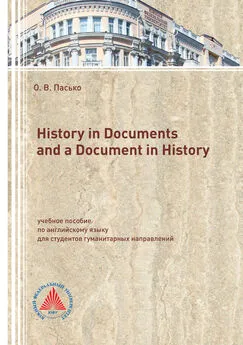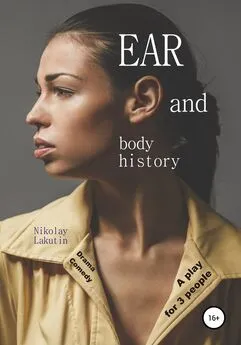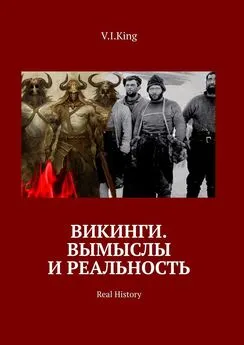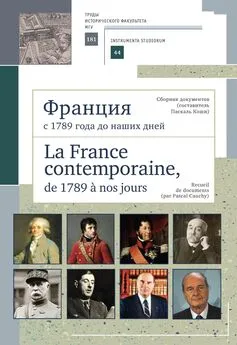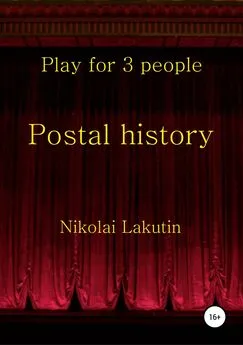Ольга Пасько - History in Documents and a Document in History
- Название:History in Documents and a Document in History
- Автор:
- Жанр:
- Издательство:неизвестно
- Год:неизвестен
- ISBN:9785927525348
- Рейтинг:
- Избранное:Добавить в избранное
-
Отзывы:
-
Ваша оценка:
Ольга Пасько - History in Documents and a Document in History краткое содержание
History in Documents and a Document in History - читать онлайн бесплатно ознакомительный отрывок
Интервал:
Закладка:
Military Records. Military personnel records are historical documents, too. They contain information about when soldiers, marines and other military personnel members enlisted, their training or qualifications, whether or not they were disciplined and/or awarded medals and their discharge or retirement information. The records include additional information, too.
(Abridged from the original texts provided by http://www.ehow.com)
1. Answer the following questions:
1) What information is given in historical documents?
2) How can historical documents help scientists?
3) What political documents are mentioned in the text? Can you give more examples of political documents?
4) What type of information do vital records provide people with?
5) Who can find vital records important?
6) How often does the United States take a census?
7) What information does a census usually contain?
8) What data can be found in military records?
2. Match the words on the left with their definitions on the right:
3. Find the words in the text for the definitions given below:
1) ____________ advanced and detailed study of a subject, so as to learn new facts.
2) ____________ a person`s ancestors considered as a group.
3) ____________ to keep something in good condition for a long time by some special treatment.
4) ____________ worth a lot of money or very useful.
5) ____________ any thing or place from which something comes, arises, or is obtained; origin.
6) ___________ to enter the armed forces or a course of study.
7) ___________ the separation of a person from military service.
8) ___________ the act of leaving one`s job, career, or occupation permanently, usually because of age.
4. Give Russian equivalents for the following word combinations and pay attention to the use of prepositions:
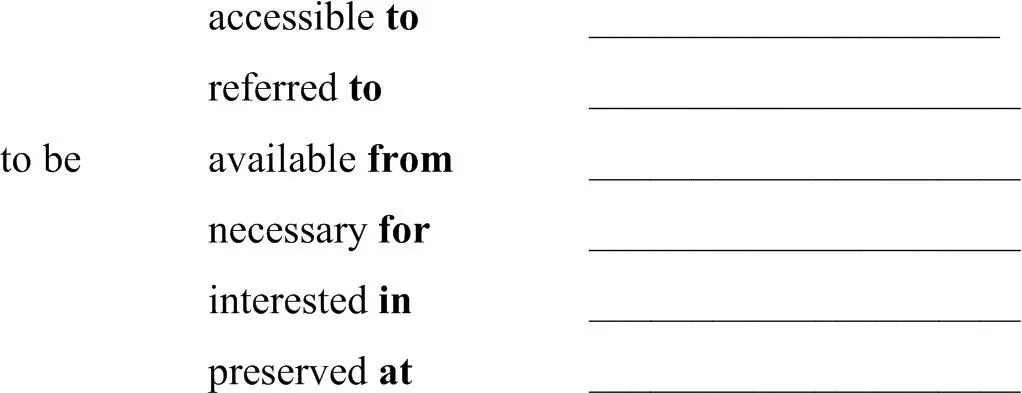
Text 3. How to analyze a historical document
1. Study the following words and phrases:
2. Read the text and choose the most suitable heading from the list A-H for each part of the text:
AEvaluate whether the information in the document is primary or secondary information.
BCompare the document to others of the same type from the same location and era.
CDetermine what type of document you are analyzing.
DLearn whether your document is an original.
EConsider why the document was created.
FFamiliarize yourself with the handwriting of the time and place from which your document originates.
GDetermine who authored the document, and who may have contributed information.
HConsider the era in which the document was created.
How to analyze a historical document
Historians and genealogists often use old documents to gather information about the past. Evaluating old records is an effective way to learn about the past, and it's often one of the first skills historians and genealogists learn. Here are some tips for how to analyze a historical document.
1 _______________You might be looking at a will, a pension file, an obituary, a news article, or any number of other document types. Knowing what you're looking at helps you develop an approach for handling the information the document contains. For an obituary, for example, you will want to find out whether the item appeared in a newspaper or a different publication, whether it was written by the publication's staff or a paid placement, and whether there were other newspapers in the same time and place that might cover the same person differently. For a military pension file, you'll want to find out up front which side of a war the soldier served on, since that will have a significant impact on the breadth and depth of the materials you should expect to find in the file. Understanding the background behind the document before you begin to work with it will enhance your ability to extract useful information in your analysis.
2. _______________A census record, for example, is created primarily to count the number of people in a particular location for taxation and representation purposes. You might find useful information in a census that can be used for another purpose, like genealogical research or social studies. However, understanding the original reason a document was produced helps determine how accurate the information it contains may be for secondary purposes.
3. ________________Primary information is given by someone with firsthand knowledge; secondary information is not. Both types of information can appear in the same item. For example, a death certificate will contain the doctor's explanation of the cause of death. This is primary information, since the doctor was present during or shortly after death. The same death certificate will usually include the date and place of birth of the deceased. This is usually secondary information, since the person giving the information is typically someone who was not present at the birth of the deceased. Generally speaking, historians consider primary information to be more reliable than secondary information.
4. _________________Consider whether those individuals may have had accurate information, and whether they may have had biases or reasons to provide information that was not accurate or truthful.
5. ________________This will help you interpret terms that may be unfamiliar or whose meanings have changed over time. For example, the word "infant" generally refers to a baby under the age of 2 today, but in the documents from the British colonies in the 1700s, "infant" meant anyone under the age of 21.
6. _________________Wills, for example, often contain standard language that is other wills of a particular time and place. If your document contains different language than the norm, that might indicate a unique situation or circumstance.
7. _________________If you obtained it from a repository (such as a library or archive), ask the staff if it is an original document. If you own the document or received it from a lay person, have a qualified professional review it to determine whether it's an original. Local historical societies and colleges can often help with this. Documents that have been transcribed, abstracted, copied or otherwise derived from the original may contain errors. Work with original documents (or photographic copies of documents) whenever possible to ensure accuracy.
8. _________________For example, Old German handwriting has letters that are very different than those used today. Becoming familiar with the handwriting styles of the era will help ensure that you're interpreting your document correctly. Numerous books and websites are available to help you translate handwriting from different times and places. Staff at local historical societies in the location where the document originated can often help with this as well.
(Abridged from the original texts provided by http://www.ehow.com)
3. Answer the questions:
1) What document types are mentioned in the text?
2) What information is important for analyzing an obituary?
3) Why do you need to know which side of war a soldier served on?
4) What is a census record created for?
5) Why is it important to understand the purpose of creating a document?
6) What`s the difference between primary and secondary information?
7) Which type of information is more reliable?
8) Why is it important to know the period of time in which the document was created?
9) Why is it better to work with original document?
10) How can knowing the handwriting styles of the era help you to analyze the historical document?
4. Find synonyms for the following words in the text:
1) to estimate _____________
2) influence, effect ____________
3) exact, precise ______________
4) to define _______________
5) certain, undoubted ____________
6) to add, share, supply ______________
7) to show, denote, reveal _______________
8) to inspect, analyze ____________
9) mistake, fault ____________
10) to explain, decipher ______________
5. Find the words in the text for the definitions given below:
1) _______________ a manner or method of doing something.
2) _______________ to raise to a higher degree; intensify; magnify.
3) _______________ select (a passage from a text, film, or piece of music) for quotation, performance, or reproduction.
4) _______________ to come into sight; become visible.
5) _______________ the dead person.
6) _______________ to make a written copy, especially a typewritten copy, of (dictated material, notes taken during a lecture, or other spoken material).
7) _______________ to remove by drawing out gently or take away.
8) _______________ to receive or obtain from a source or origin (usually followed by from).
9) _______________ to make certain to happen.
10) _______________ to take its origin or rise; begin; start; arise.
6. Fill in the gaps with the words given in box. For some points the first letters are given. Translate the sentences into Russian:
1) I e____________ that text directly out of our new library system.
2) The point is this – we cannot a_____________ ideas from the historical epoch in which they appeared.
3) The d__________ was found with multiple head injuries on a footpath.
4) Dog owners must by law e___________ their pet wears a collar and tag with their name and address on it.
5) The word magazine d____________s from an Arabic word meaning a storehouse, a place where goods are laid up.
6) The exotic creature, which ______________ from central and South America, is probably an escaped pet.
7) Interviews were ______________ by the researcher who carried out the interview.
8) He is diplomatic and cautious in his ____________ to sticky situations.
9) From the moon, Earth a____________s as a bright blue-and-white object in the black sky.
10) She spends time on e___________ing her image with fitness routines and new styles.
7. Make the summary of the text.
Revision I.
Check yourself. Remember the following words and phrases:
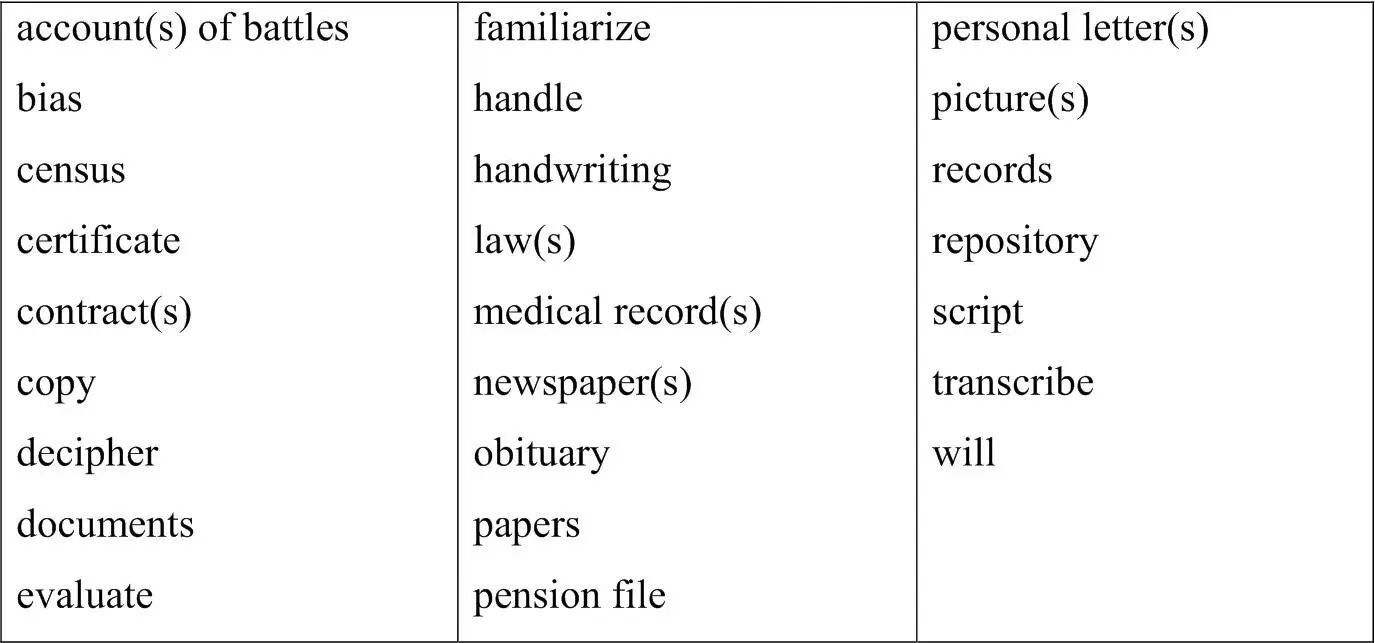
Module II. Early documents
Text 1. Types of documents
Read the text and do the tasks after it.
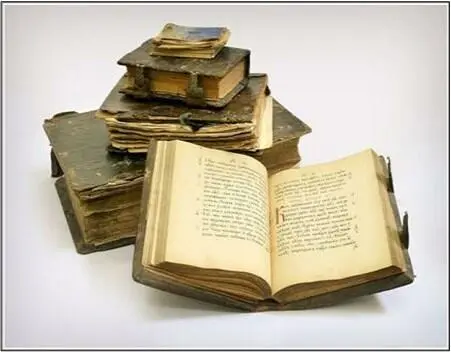
Documents that have been preserved are originals, drafts, or copies. Originals are formal documents drawn up on the order of the sender or donor, and they were designated to serve the recipient or beneficiary as evidence of the transaction recorded. Handwritten copies of documents, made either before or after the deed was actually executed (sealed), are not classified as originals. If made before an “original,” they were rough drafts of it; if made afterward, they were copies.
Читать дальшеИнтервал:
Закладка:
